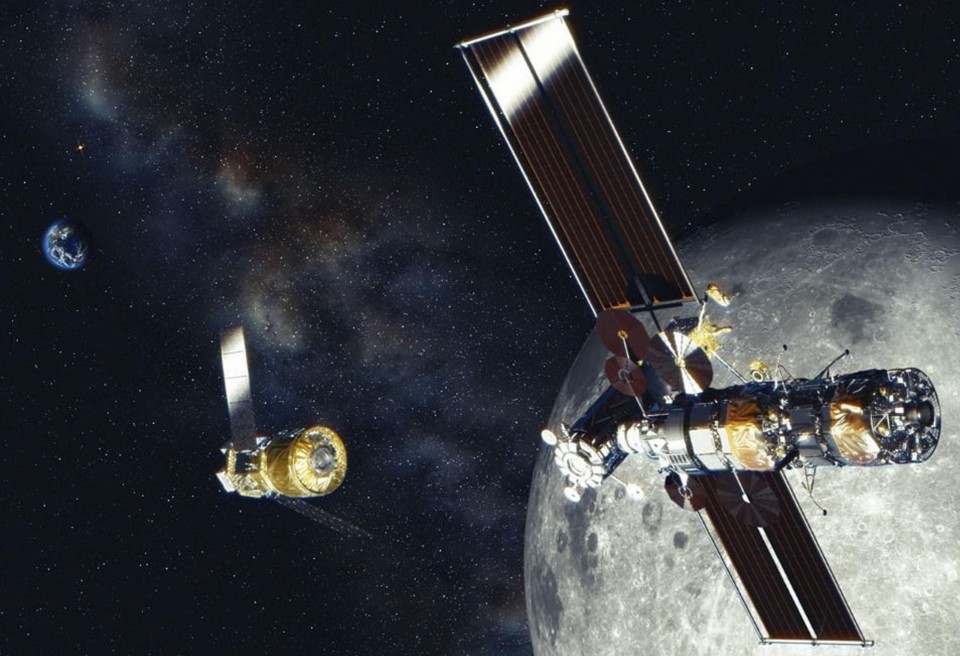Orbital Station Beyond the Moon: Futuristic Vision or Feasible Plan?

When we talk about space exploration, the moon often takes center stage. Its proximity and historical significance have made it a focal point for numerous missions. But what about the space beyond the moon? The concept of an orbital station situated there seems like a tale from science fiction. But how far from reality is it?
With rapid advancements in space technology and a growing interest in deep space missions, the idea is not as far-fetched as one might think. This article seeks to unravel the feasibility of establishing an orbital station beyond our celestial neighbor.
The Strategic Importance of “Beyond the Moon”
Understanding the Potential
An orbital station beyond the moon offers a strategic vantage point. It can serve as a pit stop for missions venturing deeper into space, reducing the need for vast fuel reserves on long-duration missions. Furthermore, it provides a unique observation point, free from Earth’s atmospheric distortions and radio interference, potentially revolutionizing space-based astronomy.
Moreover, such a station would facilitate studies on the effects of deep space on human health, bridging knowledge gaps crucial for future interstellar travel.
Technological Challenges & Solutions
Addressing the Hurdles
- Distance & Communication: Beyond the moon implies longer communication times with Earth. Advanced autonomous systems will be necessary to handle potential delays.
- Radiation Protection: The deeper space environment poses higher radiation risks. Innovations in shielding materials and techniques will be paramount.
- Sustainability: The station would need to be highly self-sufficient, emphasizing advanced life support systems and resource recycling.
- Propulsion Systems: Efficient propulsion technologies would be crucial for shuttling between the station and other celestial bodies.
- Habitat Design: The design should cater to prolonged human stay, ensuring psychological well-being alongside physiological needs.

Current Technological Standpoint
At present, the technological advancements required for such an ambitious project are in developmental phases. While some challenges, like sustainable life support systems, are closer to realization thanks to the International Space Station, others, like effective deep-space radiation shielding, still need extensive research.
Collaborative efforts between governmental space agencies and private space corporations might accelerate the development of required technologies, given the mutual benefits an orbital station offers.
The Financial Aspect: Investment & Returns
Undoubtedly, a project of this magnitude demands substantial investment. However, the potential returns could be groundbreaking. Beyond scientific advancements and deep space mission support, such a station could spur space tourism, opening new avenues of commercial space endeavors.
Joint financing models, pooling resources from multiple nations and private entities, might make the financial challenge more manageable, especially when considering the long-term payoffs.
Conclusion: Dreams vs. Reality
The notion of an orbital station beyond the moon is tantalizing. It promises a realm of possibilities, from aiding interstellar travel to providing unparalleled observational opportunities. While the dream is grand, its realization hinges on technological, financial, and collaborative advancements.
It might seem like a dreamer’s vision today, but with the pace of space technology evolution, it might soon be within our reach, blurring the lines between dreams and reality.
